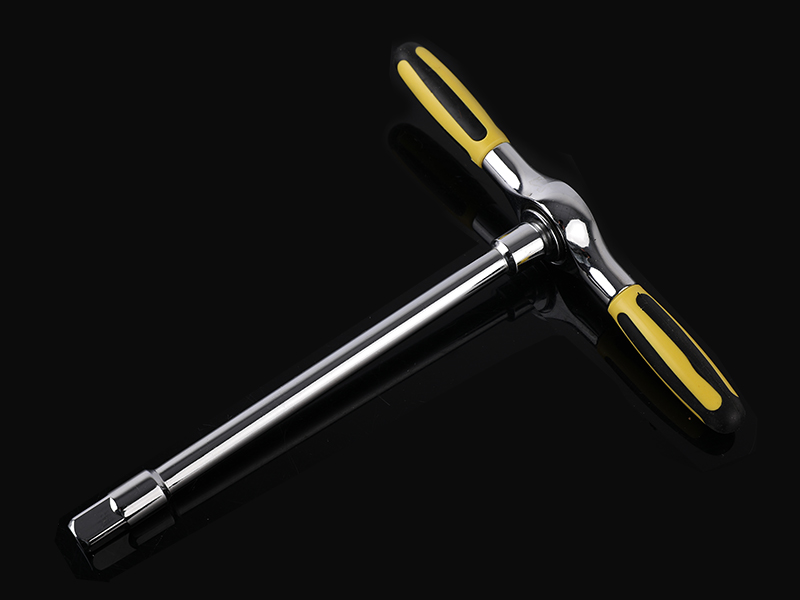

A manual screw tightening tool with ratchet wrench sing […]
A manual screw tightening tool with ratchet wrench single-head and double-head multi-specification movable handle ratchet torx wrench for fixing holes. It is connected by the female and male keys of different specifications and sizes through the articulation key's female key and male key. Since a torx sleeve has two torx-shaped through holes, it can be used to tighten two types of screws, thereby expanding the scope of use and saving raw materials and labor costs. Adjustable wrench can easily adjust the use angle of the wrench. This wrench is used for the tightening operation of screws, and has the characteristics of strong applicability, convenient use and low cost.Torque wrench-also called torque wrench or torque wrench.

Torque is the product of force and distance. When tightening threaded fasteners such as screws, bolts, nuts, etc., the amount of applied torque needs to be controlled to ensure that the threads are tightened and not excessively large. Damage the thread, so use a torque wrench to operate. First set an upper limit of the required torque value. When the applied torque reaches the set value, the wrench will make a "catta" sound or the connection point of the wrench is bent at an angle, which means that it has been tightened and no more force is applied. The difference between them is that the torque of the torque wrench can be set.
The principle of the torque wrench torque wrench producing a kata sound is very simple, and can be divided into the following steps to understand. The torque value you requested; the "cat" issued by the torque wrench is generated by the internal torque release structure. Its structure is divided into three structures: pressure spring, torque release joint, and torque jack. First, the torque wrench The required torque value is set by the spring sleeve on the jack to apply pressure to the torque release joint, lock the torque wrench, and start to tighten the bolt. When the bolt reaches the torque value, when the torque is greater than the pressure of the spring, there will be an instantaneous disconnection effect. At the moment when the disconnection effect occurs, the joint hits, and the "cata" sound emitted by the metal shell of the wrench.
This confirms the reminder effect of reaching the torque value (in fact, it is like the principle that our arm joint is bent at 15 degrees and placed in the iron pipe and will encounter the steel pipe after it is straightened. It is the most commonly used manual torque wrench, except this In addition, there are electric torque wrenches, pneumatic torque wrenches, etc. Structural torque wrenches are also known as torsion meters and torque screwdrivers. It is designed based on the bending principle of beams, the bending principle of torsion bars and the compression principle of coil springs. The torque acting on the nut can be measured. There are two types of torque wrenches: flat type and dial type. The torque wrench has a long elastic rod with a handle at one end and a square or hexagonal head at the other end. A replaceable sleeve is set on the head or hex head, which is clamped with steel balls. A long pointer is also installed on the top.